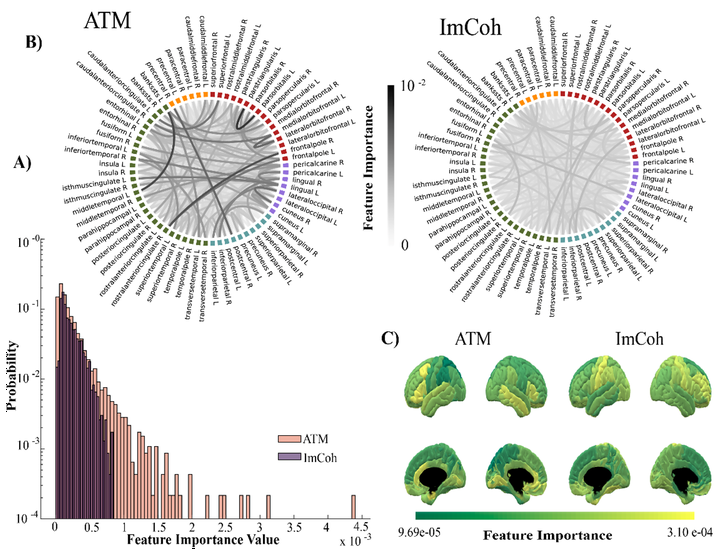Neuronal avalanches in temporal lobe epilepsy as a noninvasive diagnostic tool investigating large scale brain dynamics

Abstract
The epilepsy diagnosis still represents a complex process, with misdiagnosis reaching 40%. We aimed at building an automatable workflow, helping the clinicians in the diagnosis of temporal lobe epilepsy (TLE). We hypothesized that neuronal avalanches (NA) represent a feature better encapsulating the rich brain dynamics compared to classically used functional connectivity measures (Imaginary Coherence; ImCoh). We analyzed large-scale activation bursts (NA) from source estimation of resting-state electroencephalography. Using a support vector machine, we reached a classification accuracy of TLE versus controls of 0.86 ± 0.08 (SD) and an area under the curve of 0.93 ± 0.07. The use of NA features increase by around 16% the accuracy of diagnosis prediction compared to ImCoh. Classification accuracy increased with larger signal duration, reaching a plateau at 5 min of recording. To summarize, NA represents an interpretable feature for an automated epilepsy identification, being related with intrinsic neuronal timescales of pathology-relevant regions.